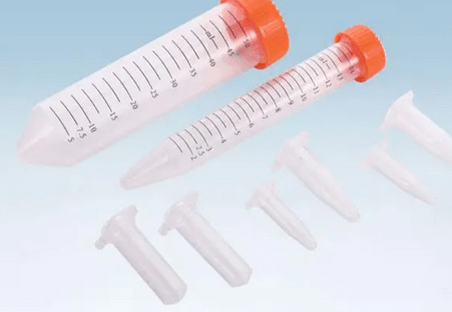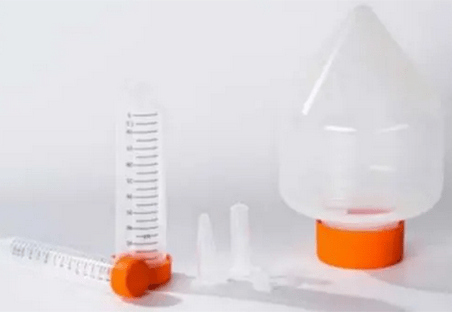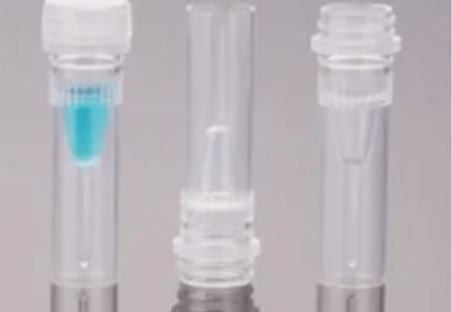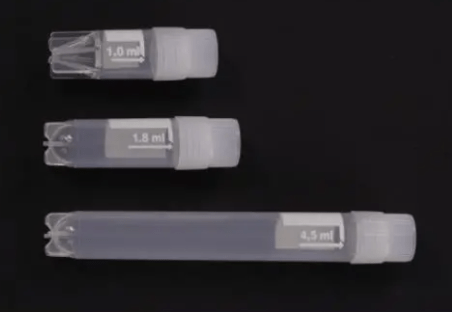Many laboratories rely heavily on microcentrifuge tubes, especially when dealing with small volumes of samples. Their snap-lock lids provide an easy way to seal and spin samples. However, despite their ease of use, leaks can still occur, resulting in sample loss, contamination risk, and frustration. Please follow the centrifuge tube supplier Scopelab into the world of microcentrifuge tubes and snap-lock lids, investigating the causes of these leaks and offering helpful advice on how to prevent them. We’ll also walk you through the steps you should take if you discover a leak, ensuring that you can handle the situation safely and effectively.
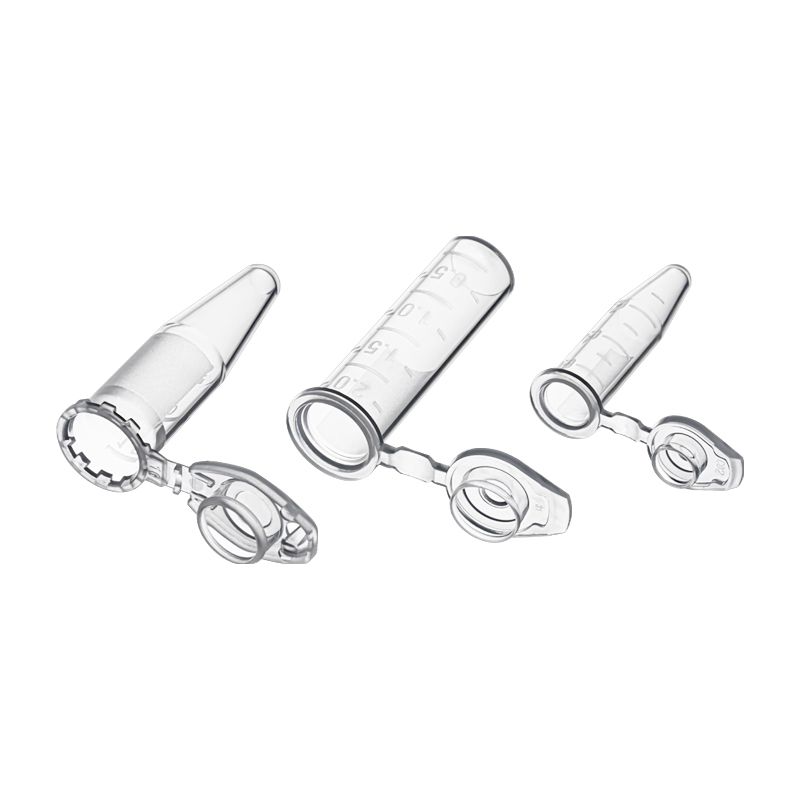
Why Do Microcentrifuge Tubes with Snap-Lock Lids Leak?
Microcentrifuge tubes with snap-lock lids are common in the scientific community, providing a convenient way to handle small volumes of samples. However, despite their ease of use, leaks can occur, causing frustration and potentially dangerous situations. Here’s a detailed breakdown of the reasons behind these leaks:
1. Incomplete Closure: The Unlatched Gate
Consider the snap-lock lid to be a protective barrier for your valuable sample. A complete and secure closure is critical to preventing leaks. Here’s how an incomplete closure can cause problems:
- Improper Snapping Technique: Sometimes rushing or using the wrong technique can result in an incomplete snap. Although the lid appears closed, the locking mechanism may not be fully engaged, allowing liquid to escape, particularly during high-speed centrifugation.
- Lid Misalignment: For proper locking, the lid and tube body must be aligned at specific points. If the lid is slightly askew during closure, the locking mechanism may not fully engage, resulting in a potential leak path.
2. Damaged Lids: When the Watchtower Crumbles
The snap-lock lid protects your sample, but it can weaken over time. Here’s how damaged lids cause leaks:
- Cracks and Warping: Repeated use, exposure to harsh chemicals, or accidental dropping can all result in cracks or warping in the lid. These flaws undermine the seal’s integrity, allowing liquid to leak out during centrifugation.
- Degraded Locking Mechanism: The locking mechanism within the lid may wear down over time, particularly with frequent use. This can result in a weak or incomplete lock, even if the snap appears to be proper.
3. Overfilling: When Pressure Builds and the Dam Breaks
Microcentrifuge tubes have a designated filling capacity for a reason. Exceeding this limit can lead to leaks due to pressure buildup:
- Compressed Air Gap: Each microtube has a separate headspace for air. Overfilling eliminates the air gap, leaving no room for the liquid to expand during centrifugation. This pressure buildup can push the lid open, resulting in a spill.
- Centrifugal Force Amplifies the Problem: Centrifugation exerts a significant outward force on the sample. With an overfilled tube, this force increases the pressure on the lid, increasing the likelihood of it popping open.
4. Excessive G-Force: Pushing the Limits
Microcentrifuge tubes are intended to withstand specific G-forces (RCF) during centrifugation. Exceeding these limits can cause stress on the snap-lock mechanism.
- Stressed Locking Mechanism: High G-forces can put undue strain on the snap-lock mechanism, particularly in older or weaker tubes. This stress may cause the mechanism to fail, allowing the lid to pop open or leak.
- Material Fatigue: Exposure to high G-forces can cause fatigue in the lid and tube body. This can weaken the overall structure and jeopardize the seal’s integrity over time.
5. Temperature Extremes: When Heat and Cold Play Tricks
Temperature fluctuations can affect the shape of both the lid and the tube, impacting the seal:
- Thermal Expansion and Contraction: Extremely hot or cold temperatures may cause the plastic lid and tube body to expand or contract at different rates. This disrupts the tight fit of the snap-lock mechanism, potentially resulting in leaks.
- Sudden Temperature Changes: Rapid temperature fluctuations can be especially problematic. For example, transferring a cold sample tube to a high-speed centrifuge can cause the tube body to expand faster than the lid, resulting in a temporary gap for leaks.
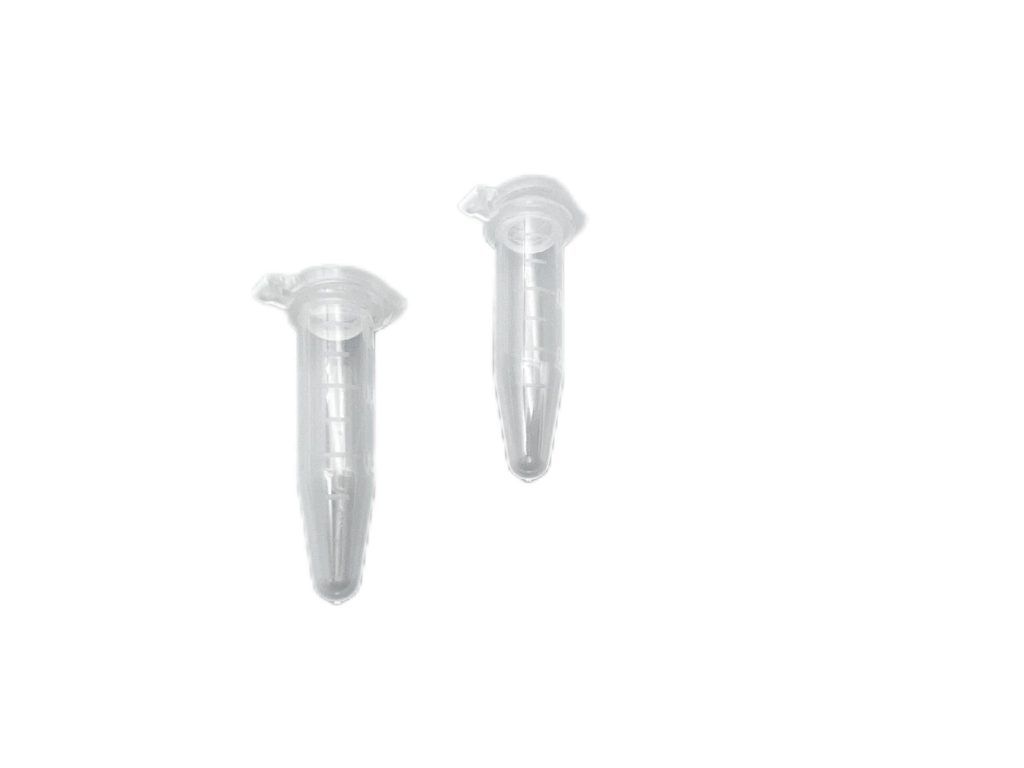
How Can I Prevent Leaks with Snap-Lock Microtubes?
Snap-lock microtubes provide convenience and speed when handling small samples. However, leaks may occur, resulting in sample loss, contamination risks, and frustration. Here’s a comprehensive guide to avoiding leaks and ensuring safe and efficient centrifugation:
Ensuring a Secure Closure
- Master the Snap: Develop a consistent method for closing the lid. Apply firm, even pressure to achieve a complete and audible “snap.” A gentle tug on the closed lid verifies that the lock is secure.
- Double-Check Alignment: Before snapping the lid shut, ensure that it is perfectly aligned with the designated grooves on the tube body. Misalignment may prevent a proper lock.
Maintaining Lid Integrity
- Inspect Regularly: Regularly inspect lids for cracks, warping, or signs of wear on the locking mechanism. Discard any damaged lids to avoid leaks.
- Consider Replacement Schedule: Create a replacement schedule for microtubes, especially when they are used frequently. Snap-lock mechanisms can degrade over time.
Filling Wisely
- Respect the Limits: Always use the recommended filling volume for your specific microtube size. Exceeding this limit causes pressure buildup during centrifugation, increasing the risk of leaks.
- Leave Room for Air: Maintain an adequate headspace in the tube. The designated filling volume accounts for this air gap, which is required to accommodate sample expansion during centrifugation.
Centrifugation Practices
- Mind the G-Force: Use the centrifuge within the recommended RCF limits for your particular microtubes. Exceeding these limits stresses the snap-lock mechanism and can result in leaks.
- Gradual Temperature Changes: Avoid exposing tubes to extremely high or low temperatures. Allow them to acclimate to room temperature before centrifugation. Temperature fluctuations can destabilize the seal.
Additional Tips
- Consider Alternatives: Centrifuge-safe screw-cap microtubes may be preferable for high-value samples or applications that require additional security.
- Proper Handling: Avoid dropping or mishandling microtubes, as this can damage the lids and increase leaks.
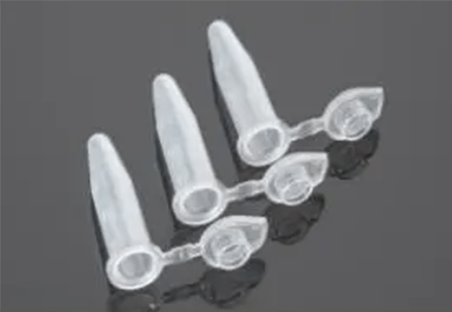
What Should I Do If a Microcentrifuge Tube with Snap-Lock Lids Leak?
Leaking microcentrifuge tubes with snap-lock lids can be a major hassle. Here’s a step-by-step guide on how to handle this situation:
1. Contain the Spill Immediately
- Stop the Centrifuge: The first priority is to turn off the centrifuge as soon as you notice a leak. This minimizes the sample’s spread and potential contamination.
- Biocontainment Procedures: If the leaked sample poses a risk, adhere to your lab’s established biohazardous material protocols. This could include using absorbent materials designed for specific types of spills.
- Personal Protection: Wear appropriate personal protective equipment (PPE), such as gloves, a lab coat, and safety glasses, to protect yourself from potential hazards associated with the leaked sample.
2. Assess the Damage and Cause
- Extent of the Leak: Once the spill is contained, assess the severity of the leak. This helps to determine the appropriate cleaning and decontamination procedures.
- Identifying the Cause: While containing the spill, try to determine what caused the leak. Refer to the information covered earlier on causes of leaks (incomplete closure, damaged lid, overfilling, etc.). This helps to prevent future occurrences.
3. Decontaminate the Centrifuge
- Follow Manufacturer’s Instructions: Refer to the centrifuge manufacturer’s instructions for proper cleaning and decontamination procedures. These procedures may include specific cleaning solutions and techniques to ensure the safe removal of any contaminants.
- Focus on Affected Areas: Pay close attention to any areas where the leaked sample may have come into contact, such as the rotor bucket, centrifuge chamber, and adjacent surfaces.
4. Report the Leak
- Inform Supervisor: Inform your supervisor or the lab safety officer about the leak incident. This helps to document the event and allows for further investigation into possible causes.
- Improve Protocols: Reporting the leak allows the lab to determine whether changes to protocols or procedures are required to prevent future occurrences.
Additional Tips
- Document the Incident: Keep a record of the leak incident, including the date, type of sample, and possible cause.
- Review Centrifuge Maintenance: Plan regular maintenance for your centrifuge to ensure peak performance and reduce the risk of leaks caused by malfunctioning equipment.
Conclusion
Understanding why snap-lock microcentrifuge tubes leak and adhering to the recommended practices for closure, filling, centrifugation, and handling can significantly reduce the risk of spillage. This not only protects your valuable samples but also creates a safer and more efficient work environment in your lab. Remember, a little vigilance goes a long way toward successful centrifugation and preventing tiny leaks. So, the next time you reach for a microcentrifuge tube, take a moment to consider the suggestions provided here and enjoy the assurance of leak-free centrifugation. Scopelab will give you the first-class China centrifuge tube, please choose us!
